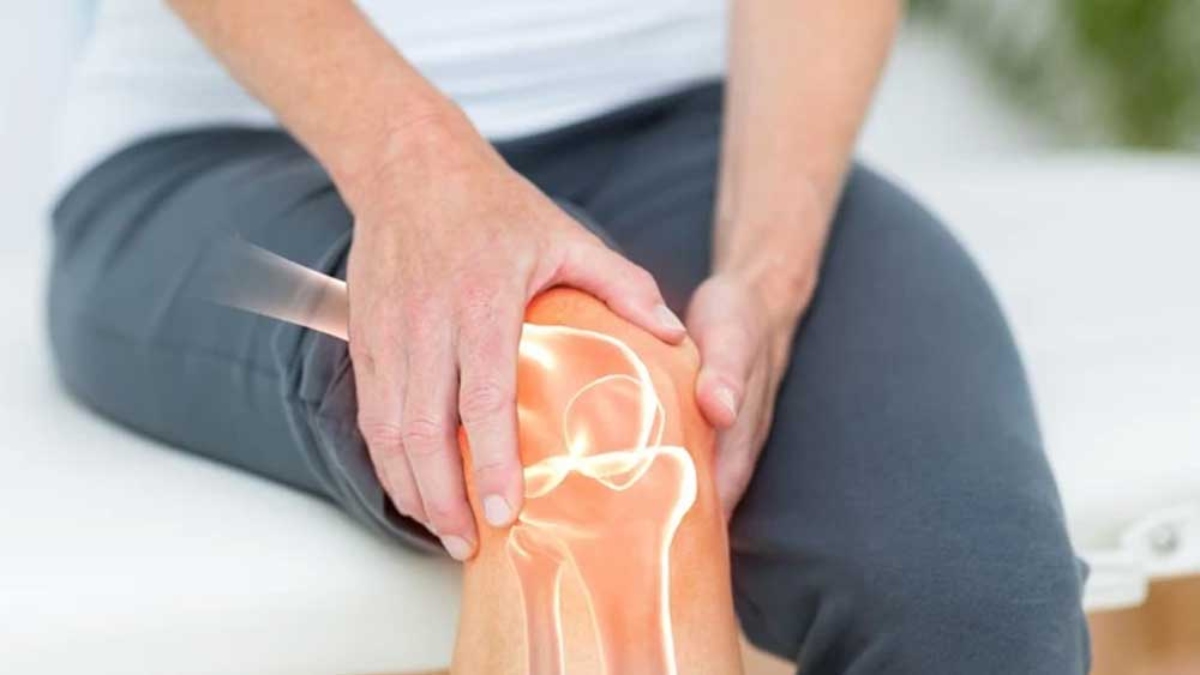
Osteoporosis is a skeletal condition characterised by decreased density (mass/volume) of normally mineralized bone. The reduced bone density leads to decreased mechanical strength, thus making the skeleton more prone to fractures. Postmenopausal osteoporosis (Type I) and age-related osteoporosis (Type II) are the most common primary forms of bone loss seen in clinical practice. Secondary causes of osteoporosis include hypercortisolism, hyperthyroidism, hyperparathyroidism, alcohol abuse, and immobilization. In the development of osteoporosis, there is often a long latent period before the appearance of the main clinical manifestation, pathologic fractures. Osteoporosis is a major burden to society, especially to the geriatric population, and can lead to a debilitating life. Osteopenia is a term to define bone density that is not normal but also not as low as osteoporosis. By definition from the World Health Organization, osteopenia is defined by bone densitometry as a T score of -1 to -2.5. In one of the studies, the median progression time from osteopenia to osteoporosis was > 8.5 years.
Once osteopenia or osteoporosis has been diagnosed, basic therapies, with increased physical activity, a balanced, calcium-rich diet, and the reduction of alcohol and nicotine, may protect against further loss of bone mineral density (BMD). The etiology of osteoporosis includes a lack of physical activity, malnutrition, underlying diseases, drug ingestion, and non-modifiable factors, such as ageing, gender, and familiar predisposition. Type 2 diabetes (T2D) is associated with low bone turnover, inferior microarchitecture, and impaired resistance to strength load, which may explain skeletal fragility despite preserved BMD. Antidiabetic medications like thiazolidinediones, canagliflozin, and insulin are associated with increased fractures and should be avoided or used cautiously, especially in those with previous fractures. Adequate prevention or therapy of osteoporosis is a very important goal for individual and public health because osteoporotic bone fractures are responsible for chronic pain, inactivity, and invalidity in the elderly. It is estimated that worldwide, every third women, and one in five men over the age of 50 will sustain an osteoporotic-induced bone fracture. At present, there are several therapeutic approaches for the prevention and treatment of osteoporosis. Non-pharmacological approaches, such as daily physical activity, smoking cessation, and reduction of alcohol consumption, are very important cofactors in maintaining bone health. In addition, supplementation with calcium and vitamin D is recommended in osteoporosis management.
Dietary factors play an important role in premature chronic disease appearance, disease progression, morbidity, and mortality, including osteoporosis. 20% proportion of osteoporosis is attributable to dietary factors. Dietary factors also play a role in the delay in progression from osteopenia to osteoporosis. These dietary factors were isolated, purified, further analysed, and researched and have now been employed in the management of chronic conditions, including osteoporosis. These are now more appropriately known as ‘Nutraceuticals’. The terms ‘Nutraceuticals’ (“Nutrition” and “pharmaceutical”) were coined in 1989 by Dr. Stephen DeFelice. Collagen is the principal protein of the skin, tendons, ligaments, cartilage, bone, and connective tissue. Collagen constitutes one-third of the total protein in humans and is the most abundant form of structural protein in the body. The primary role of collagen is to maintain connective tissue health and the mechanical properties of the skin. As collagen is the principal component of the extracellular matrix (ECM), it is vital for the strength, regulation, and regeneration of this tissue. Collagen also contributes 65–80% of the dry weight of tendons, with collagen crosslinks aiding the tendon structure to endure resistance from high-impact stresses and shear forces.
There are 30 different types of collagen found in the body, out of which Type-I is found in bones, tendons, and organs. In bone, collagen represents more than 90% of the organic matrix. Collagen type I is a typical fibrillar collagen that consists largely of rectilinear arrays of collagen fibrils. (5) Osteoporosis is distinguished by unusual architectural and compositional characteristics. Collagen peptides significantly boost bone organic substance. As a result, an increase in this organic fraction and subsequent bone mineralization may result in an increase in BMD. Collagen hydrolysate is recognised as a safe nutraceutical whose combination of amino acids stimulates the synthesis of collagen in the extracellular matrix of cartilage and other tissues. The collagen molecule is composed of a repeating sequence of three amino acids (Gly-X-Y), where Gly is glycine; X is often proline; and Y is hydroxyproline or hydroxylysine.
In connective tissue, type I collagen, or tropocollagen, is the most abundant and is a source of partially hydrolyzed collagen (gelatin) and collagen hydrolysate. The difference between collagen hydrolysate and gelatin is that the collagen hydrolysate is dissolved in water or brine, thus making its digestion and absorption easier and allowing the production of collagen by the body from the free amino acids. The most important feature of collagen hydrolysate is the prevalence of glycine and proline in its composition. These amino acids are essential for the stability and regeneration of cartilage. Collagen peptide supplementation, in conjunction with exercise, may be beneficial for the management of degenerative bone and joint disorders. Early intervention will help to postpone prognosis in osteoporotic and osteopenia patients.
Dr.Anish Desai MD. Clinical Pharmacologist and Nutraceutical Physician. Founder and CEO IntelliMed Healthcare Solutions















